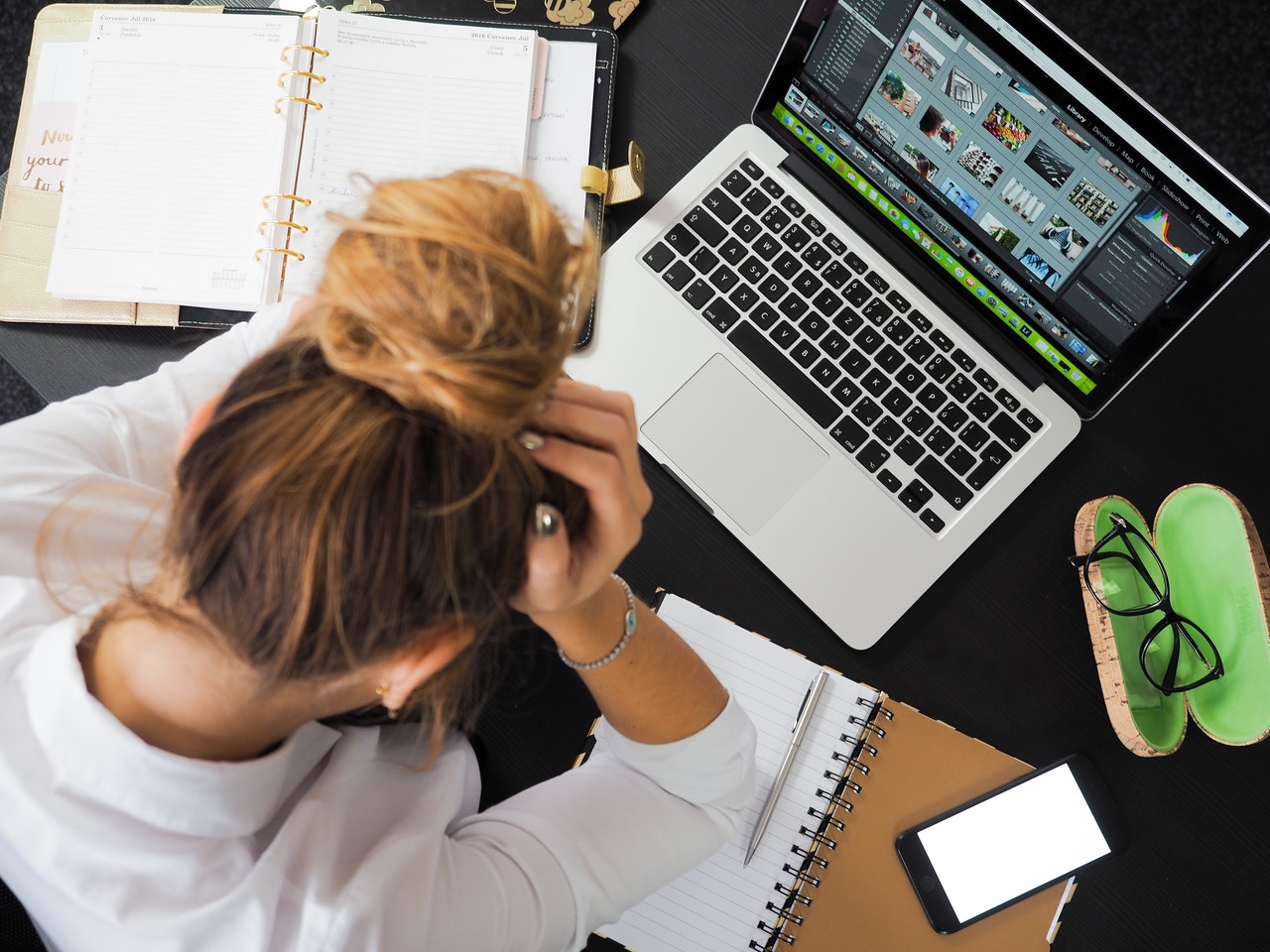Where Headaches Are Located and What They Mean
If you have a headache, its location in your head can help you to determine its cause. This is because different types of headache are known to affect certain parts of your brain.
There are many different types of headache. Knowing what type you have will help you to find out how best to treat it, and what you can do to reduce the risk of getting another.
Headache locations: Where is the ache?
Use the chart below to find out what type of headache you may have based on where the pain is.
| Headache location | Likely cause | Other possible causes |
|---|---|---|
| Back of head or neck | Tension headache, migraine | Chronic tension headache, occipital neuralgia, giant cell arteritis (rare), subarachnoid haemorrhage |
| Top of head | Tension headache | Migraine, head injury, giant cell arteritis |
| Front of head | Tension headache, migraine | Sinus headache |
| Left side of head | Migraine, cluster headache | Hemiplegic migraine (rare) |
| Right side of head | Migraine, cluster headache | Hemiplegic migraine |
| Behind 1 eye | Cluster headache | Migraine, aneurysm |
| Forehead and face | Tension headache, cluster headache | Sinus headache, migraine |
| Temples | Tension headache | Migraine, cluster headache, giant cell arteritis |
| No specific location, generalised | Subdural haematoma, raised intracranial pressure, intracranial infection (e.g. meningitis), space-occupying lesion |
The most common are tension headaches and migraines.
Cluster headaches are more rare but tend to be linked to a specific area, making it easier to know when you may have one.
Tension, migraine and cluster headaches are all forms of primary headache. This means they're not caused by a specific health condition, injury or illness.
They're usually caused by an everyday problem such as skipping meals, not drinking enough water or poor posture.
When you have a headache you should always try to stay hydrated and get plenty of rest.
Do I need to see a doctor for my headache?
Usually, a headache is nothing to worry about, but you should seek medical help quickly if you have a headache and:
- your headache starts suddenly and the pain is severe
- you've recently injured your head
- your headache is constant and becomes more severe
- your headache starts suddenly after coughing or sneezing, or a change in movement or posture
- you're confused or can't remember things
- your speech is slurred
- your vision is blurred
- 1 of your eyes is red
- you have a rash
- your jaw is painful
- your neck is stiff
Common types of headache and their locations
Tension headache
If you have a headache, it's most likely to be a tension-type headache.
This can cause pain almost anywhere on your head — the back of your head and neck, on top of your head, around the front, or on the sides of your head between your eye and forehead (temples).
You can usually identify a tension headache by the type of ache you have. The pain can be mild to moderate, and it may feel dull and achy.
Tension headaches often feel like there's pressure being applied to your scalp. Your neck muscles may also feel tense or tight.
They tend to last between 30 minutes to a few hours, but can go on for several days or even longer (chronic tension headache).

Why do I have a tension headache?
Tension headaches have many causes, including:
- stress
- anxiety
- depression
- not getting enough sleep or drinking enough water
- lack of exercise
- bright lights and glare
- sensitivity to sounds and smells, like perfume
- problems with posture — this can put extra strain on your back, neck and shoulder muscles which can cause tension, leading to a headache
If you think you have a tension headache, it's not usually necessary to see a doctor, as you can treat it at home by easing the tension around your head and neck.
Activities like yoga, massage or other forms of exercise may help, or even a warm bath to relax your muscles. If your posture may be to blame, try to make changes to improve it.
A doctor may advise you to take a painkiller, such as paracetamol, for a tension headache if the pain is preventing you from doing everyday tasks. Speak to a pharmacist or doctor for further guidance on whether to use these medications and how to get and use them.

Migraine
A migraine will usually cause a throbbing pain on the left or right side of your head. However, migraine pain can sometimes affect both sides of your head, the back and front of your head and neck, and your face.
Unlike tension headaches, migraines can come with other symptoms, not just pain. You may feel sick, be sensitive to noise and light and need to lie down in a dark room until it passes.
Why do I have a migraine?
It's not clear why migraines happen, and different types of migraine can have different causes. They can be caused by:
- drinking a lot of alcohol (a 'hangover headache')
- stress
- not getting enough quality sleep
A menstrual migraine in women can be due to hormonal changes.
If your migraine is particularly painful or keeps returning, see a doctor.
A doctor may advise you to take a painkiller for a migraine if the pain is stopping you from doing everyday tasks. Speak to a pharmacist or doctor for further guidance before taking any medications.
Cluster headache
Cluster headaches are more rare than migraines and tension headaches but they tend to strike in a particular location.
This is usually on the left or right side of your head, and you may get pain behind the eye and around the forehead and temple on the affected side of the head.
With a cluster headache, the pain comes on quickly and can be so sharp and severe that you can't lie still or relax at all. It may develop during the night and typically lasts between 15 minutes to 3 hours.
It can come in waves (clusters) of pain every day for between 4 and 12 weeks.

Why do I have a cluster headache?
Heavy smoking appears to increase your risk of having a cluster headache. You may also be more likely to get them if someone in your family also has them.
Other triggers include drinking alcohol or exposure to perfume, paint or petrol fumes.
If you think you might have a cluster headache, see a doctor. It's important to rule out anything more serious, like an aneurysm, which can have similar symptoms.
A doctor may advise you to take a painkiller for a cluster headache if the pain is preventing you from doing everyday tasks. Speak to your pharmacist or doctor for further guidance before taking any of these medications.
Sinus headache
A sinus infection (sinusitis) happens when the passages inside your nose and head become inflamed due to an allergy or infection. This can occur after you've had the flu or a cold.
A sinus headache can be a symptom of a sinus infection, though this is rare.
If you have a sinus headache you'll tend to feel a throbbing pain around your nose and face, forehead and front of your head, and this may get worse during the day.
You may also have earache, a runny nose, a high temperature and your face may feel tender.
Sinus headaches can be mistaken for migraines or tension headaches.

Treatment for a sinus headache
See a doctor if you think you have a sinus headache, especially if the pain is severe.
To help ease symptoms of pain around the nose or a blocked nose, try holding a cold towel or flannel to the affected area for 2 minutes a few times during the day.
As with any headache, you should also stay hydrated and try to get plenty of rest.
Key points:
- If you have a headache, its location in your head can help you to determine its cause
- If you think you have a tension headache, you don't usually need to see a doctor
- If you have a migraine and it keeps returning, see a doctor
- When you have a headache you should always try to stay hydrated and get plenty of rest
- See a doctor if you think you have a cluster or a sinus headache, especially if the pain is severe
Where Headaches Are Located and What They Mean
Source: https://www.livehealthily.com/headaches/what-does-the-location-of-my-headache-mean
0 Response to "Where Headaches Are Located and What They Mean"
Postar um comentário